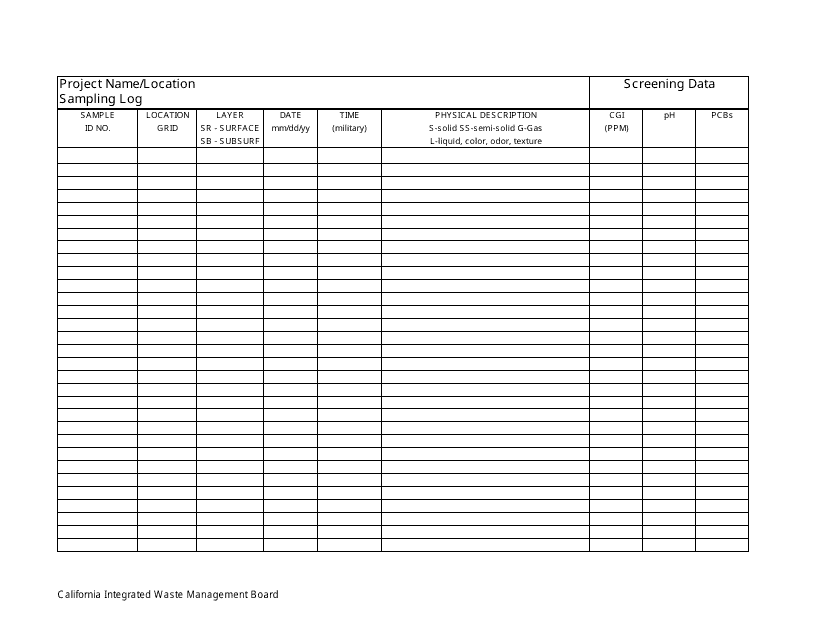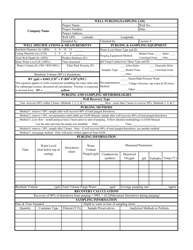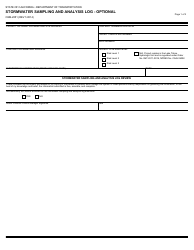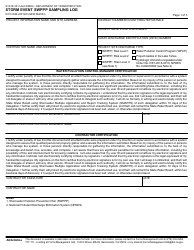Sampling Log - California
Sampling Log is a legal document that was released by the California Department of Resources Recycling and Recovery - a government authority operating within California.
FAQ
Q: What is a sampling log?
A: A sampling log is a record of samples taken from a specific location.
Q: Why is a sampling log important?
A: A sampling log is important because it provides documentation of the samples collected, which can be used for analysis or monitoring purposes.
Q: What information is typically included in a sampling log?
A: A sampling log typically includes information such as the date, time, location, and description of the sample collected.
Q: Who uses sampling logs?
A: Sampling logs are used by environmental agencies, researchers, and other professionals who need to collect and analyze samples.
Q: What are some examples of samples that can be recorded in a sampling log?
A: Examples of samples that can be recorded in a sampling log include water samples, soil samples, air samples, and biological samples.
Q: Are there any regulations or guidelines for maintaining a sampling log?
A: Yes, there may be regulations or guidelines that dictate how sampling logs should be maintained, depending on the specific industry or purpose of the sampling.
Form Details:
- The latest edition currently provided by the California Department of Resources Recycling and Recovery;
- Ready to use and print;
- Easy to customize;
- Compatible with most PDF-viewing applications;
- Fill out the form in our online filing application.
Download a printable version of the form by clicking the link below or browse more documents and templates provided by the California Department of Resources Recycling and Recovery.





